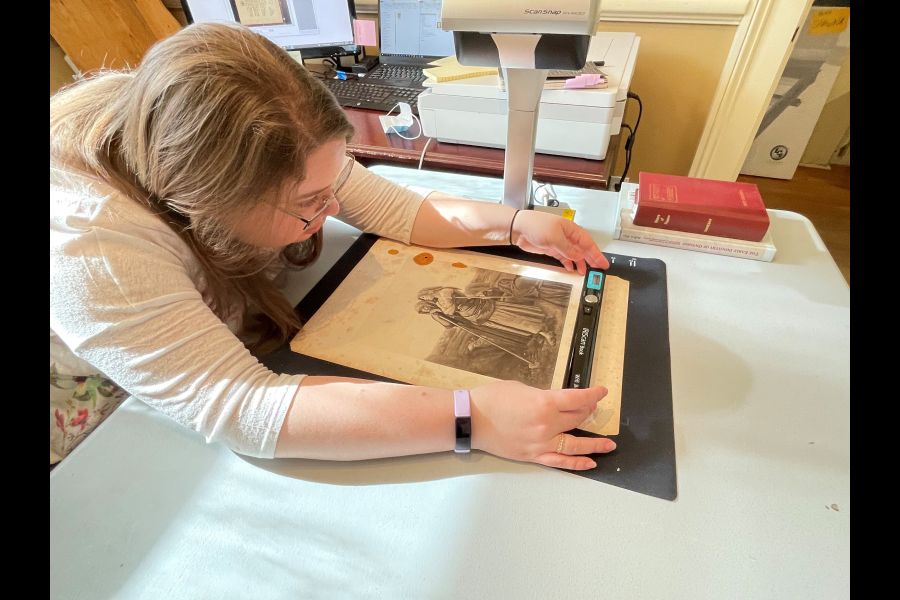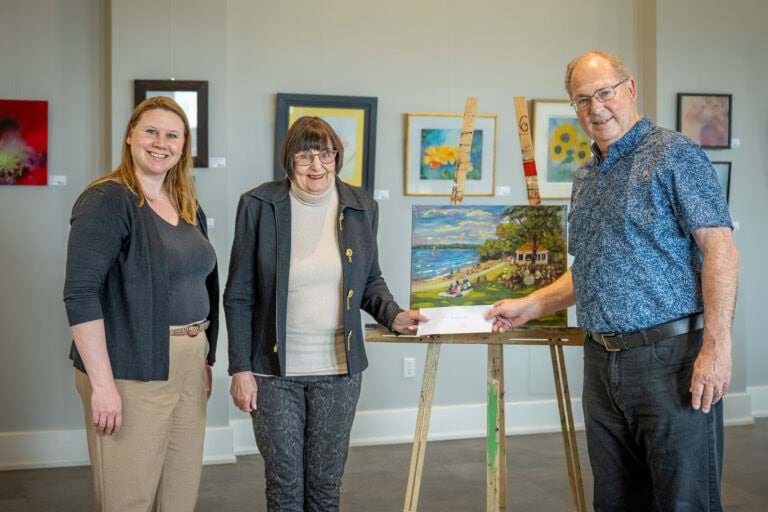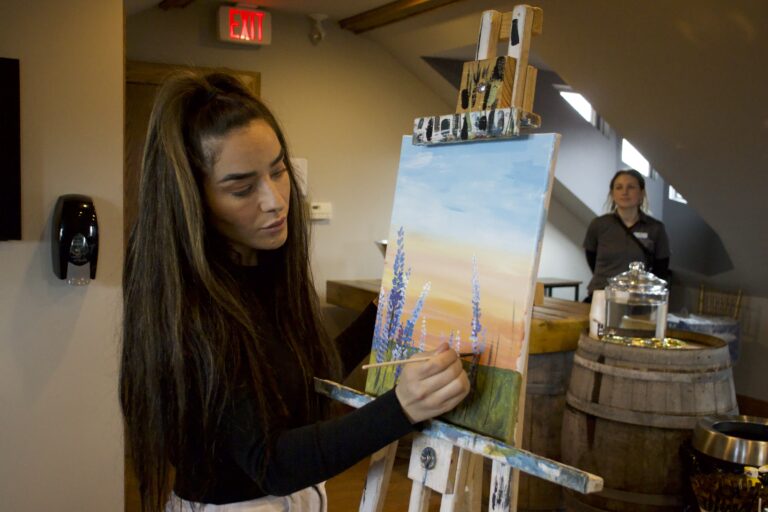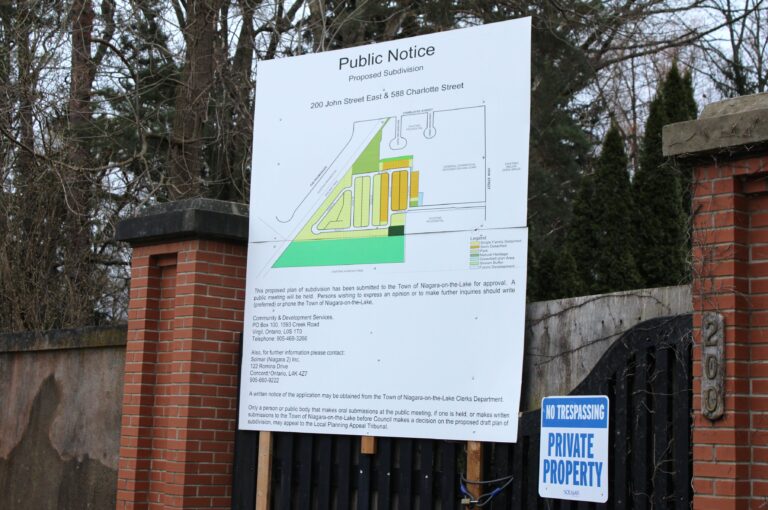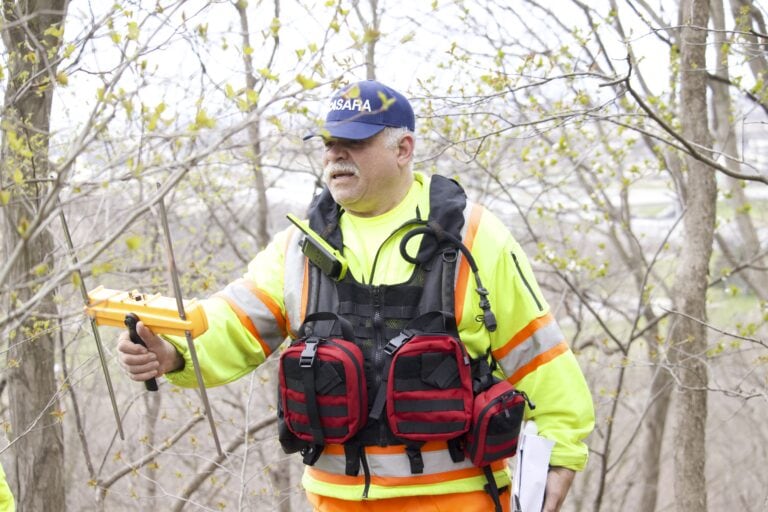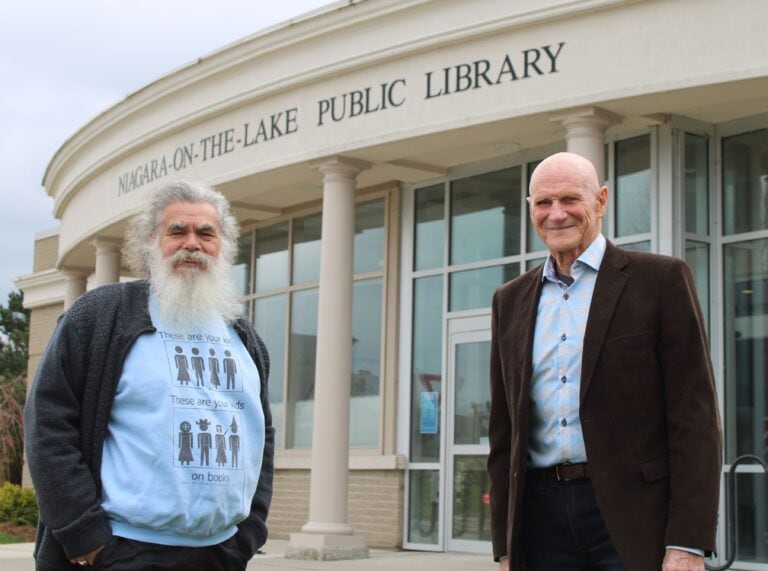Barbara Worthy
Special to The Lake Report
The Niagara-on-the-Lake Museum’s virtual lecture series continues March 2 with a dive into the history of the medicinal world, through the lens of apothecaries and pharmacies, presented by the museum’s digitization co-ordinator Katelynn Best.
The professions of apothecary and pharmacology have always suggested intrigue and mystery, from the days of potents, herbs and snake oil, to the pharmceutical sciences of today’s pandemic world.
Apothecaries as a profession have existed since the times of ancient Babylon.
They all shared the same knowledge – how to make potents and remedies that would affect various human conditions, from bodily functions to mental well-being.
While working on the digitization of the museum’s vast collection, Best became intrigued by the labels and images of medicines and potents that would have been found on the shelves of the Niagara Apothecary.
Now a designated heritage site, the Niagara Apothecary on Queen Street in NOTL operated from 1820 to 1964 before opening as a museum in 1971. The shelves would have been lined with everything from medicines and cosmetic needs, to cigars, alcohol and even opiates.
The digitization and preservation of these images is part of the museum’s strategy to digitize and upload at least 30 per cent of the museum’s vast and unique collection.
The project is being helped by a grant from the Ontario Trillium Foundation.
“Digitization is an absolute necessity,” said managing director and curator Sarah Kaufman. “But it’s also costly and time-consuming. Thanks to Trillium, we’re able to make this huge investment for the museum and the entire community.”
Museums around the world are investing in their online programming and the NOTL Museum’s collection of more than 50,000 artifacts is one of the most unique in Canada, attracting online visitors from all parts of the globe.
“Digitization is key to helping us grow our online presence,” said Kaufman. “We receive at least 200 access requests per year and it’s growing all the time.”
Best, who received her BA in classical and near eastern archeology from Wilfrid Laurier University and a certificate in museum and gallery studies from Georgian College,was hired under the Trillium grant.
She is now tasked with making a dent in this vast digital operation, making full use of four specialized scanners also purchased with money from the grant.
“The scanners handle everything from journals, ledgers and letters, to legal documents, maps and images, dating back 200 years and more,” said Best.
In the world of research photographs are in big demand, she said. “My favourites are the ones where people have written on the back – they help to tell the stories.”
She also is responsible for transcribing all those notes and annotations, plus others found on a myriad of collectibles, and although the penmanship may be stunning, interpreting it can be a challenge.
“I can spend hours just deciphering certain words and letters, hoping to connect people and places.”
It was during those hours that Best became intrigued with apothecaries, and the similarities and differences with today’s pharmacies, providing the impetus for her presentation.
Join her on March 2 at 11 a.m. Register at www.notlmuseum.ca.
Other upcoming virtual lectures include:
March 16: “Shaw at 60!” Join Leonard Connolly in conversation with Barbara Worthy as they reflect on 60 years of the Shaw Festival.
March 30: In the final lecture of the winter series, David Hemmings explores “Heritage Homes of Niagara.”



